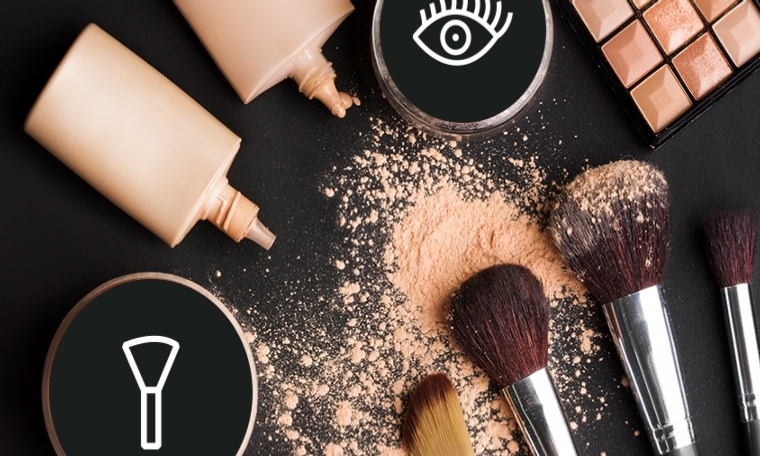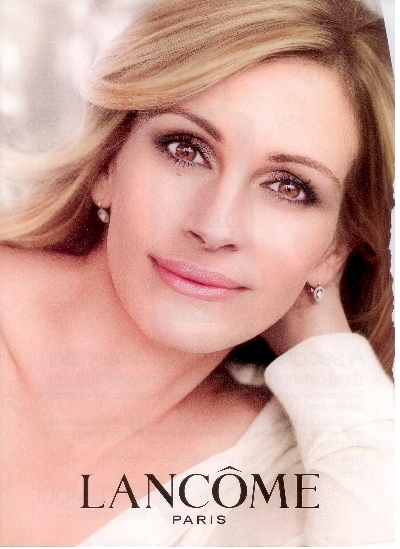

Author: Bianca Scarpati
Complaints Executive
My friends always say “your job sounds so interesting!” I have to agree with them. Whether it is dealing with issues about misleading health claims or concerns around the potential harms associated with gambling ads, as a Complaints Executive at the ASA, you handle complaints that touch upon important social issues. Amongst those is the potential impact ads can have on people’s own perceptions of body image.
Advertising has always sold us an ideal, and in terms of the societal debate around body image and body confidence, there are concerns about how pre- and post-production techniques in ads, such as photoshopping, may have a negative or even harmful effect particularly on young or vulnerable people. Moreover, as we live in a multi-media world where we are bombarded with and can access and interact with images 24/7, concerns around the impact of these images has become more acute.
French Law and Getty Images
The ASA can, and already does, take action against beauty ads that, through the use of photoshopping, we consider are misleading or potentially harmful. That doesn’t mean, however, that there aren’t lively ongoing debates around this issue. I was interested to read, for instance, about the new French law that was passed in October 2017 that has made it mandatory to clearly label any photo used for commercial purposes when an image of a model has been modified. Those who do not clearly label photoshopped images could face a fine of up to €37,500.
A key driver for that legislation is an attempt to put a stop to some of the potentially unhealthy and fake portrayals of body image. Getty Images, the American online stock images photo company, has taken a similar stance by putting in place a rule that rejects pictures of altered body shapes.
Our stance
Some campaigners in the UK have said that they would like to see this country take a similar approach. As mentioned, the ASA already has strong rules in place which enable us to take action where beauty ads break the ad codes. We have a long established and firm position on airbrushing and the use of post-production techniques in advertising, which has seen beauty ads featuring, amongst others, Cara Delevingne and Julia Roberts being banned.


(Top) screen grab of the Rimmel TV ad that was banned in 2017 and (bottom) the L'Oréal ad that was banned in 2011 because we considered both ads showed images that did not accurately illustrate what effect the make-up products could achieve.
Our sister body the Committee of Advertising Practice (CAP) provide guidance on the use of production techniques in cosmetic advertising which sets out where we draw the line. While advertisers should of course be allowed to promote their products in the best possible light, they must stick to the Advertising Rules; for example they should not exaggerate through digital post-production techniques what effect the product can achieve. This principle is highlighted in our ruling on L'Oréal’s mascara TV ad in 2015.
These rulings show how strict our approach is, as well as the strength of the guidance in place. Not only do we expect advertisers to demonstrate that have they have not altered images in a misleading or irresponsible way, we also analyse the context in which an ad appears and how it presents body image and the message it potentially sends to consumers. This is shown in rulings like the one on Drop Dead Clothing Ltd’s ad, which was banned because it showed models who appeared to be unhealthily thin.
Another example of our work around the portrayal of both men and women is the announcement we made in December last year – following ASA research into harmful gender stereotyping in advertising. CAP has committed to develop a new rule for ads that feature stereotypical gender roles or characteristics.
Projects like these show why my friends are right about the ASA - there’s never a dull moment. We get to grapple with and shape the rules around a host of issues of societal interest which play out in the public arena amongst politicians, campaign groups, media and consumers. That’s the real beauty of my job.
More on
-
Keep up to date
Sign up to our rulings, newsletters and emargoed access for Press. Subscribe now.


